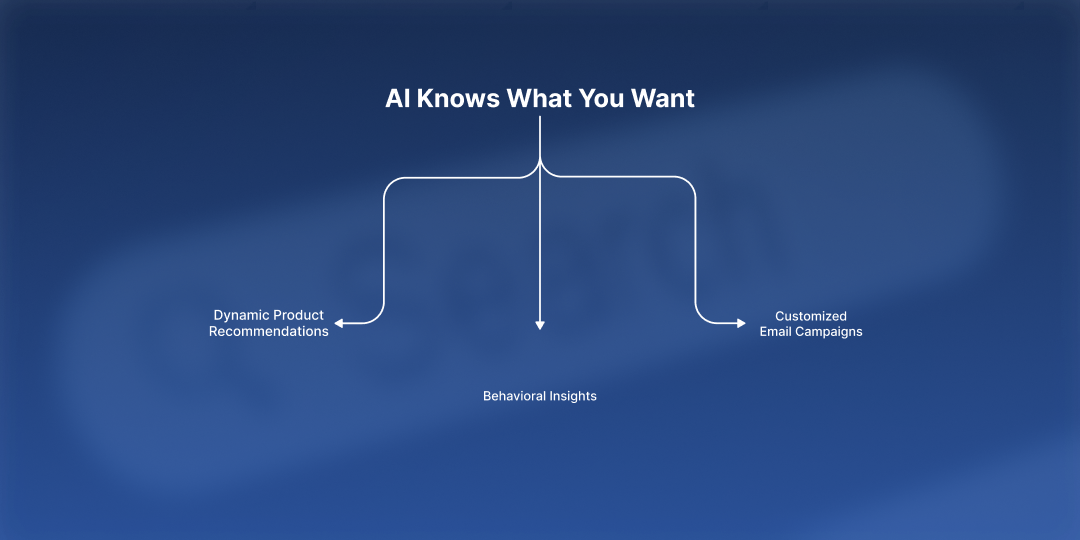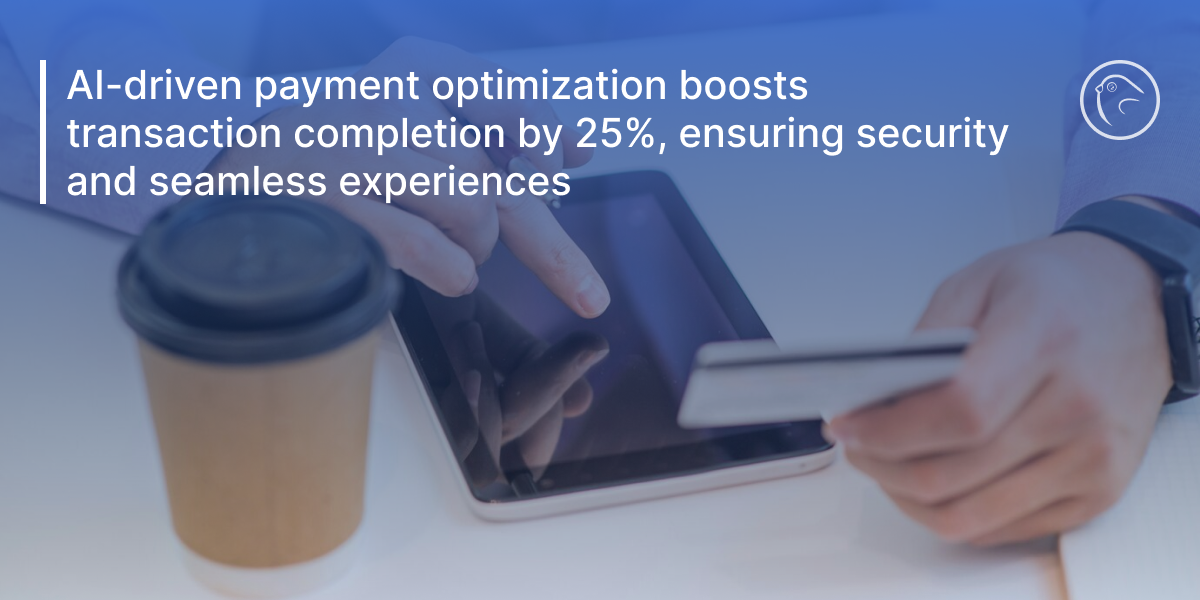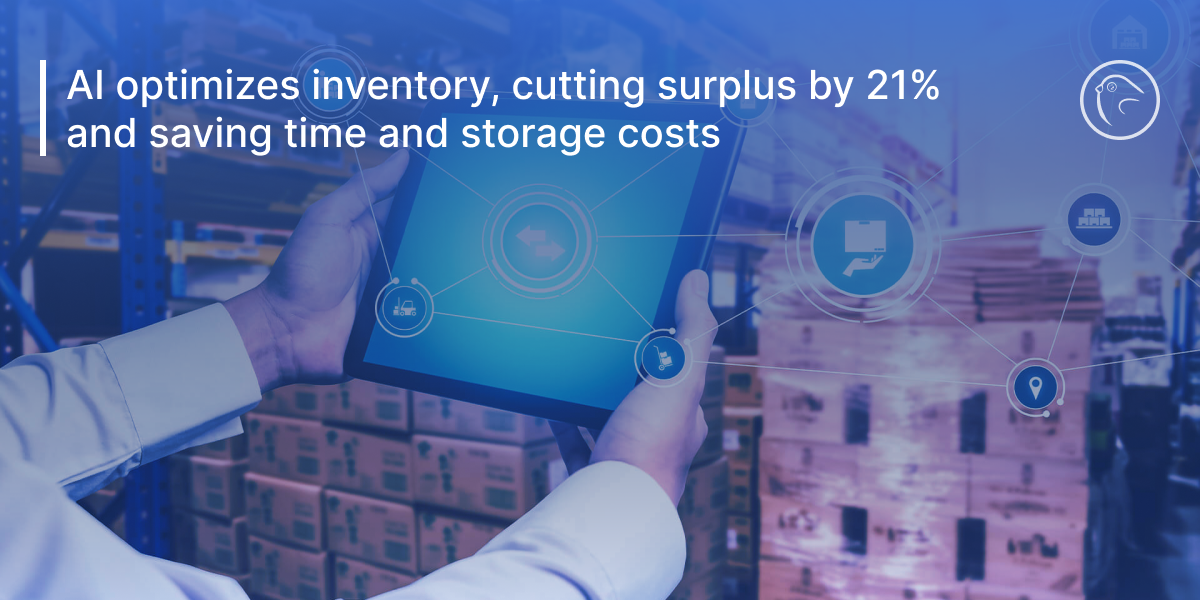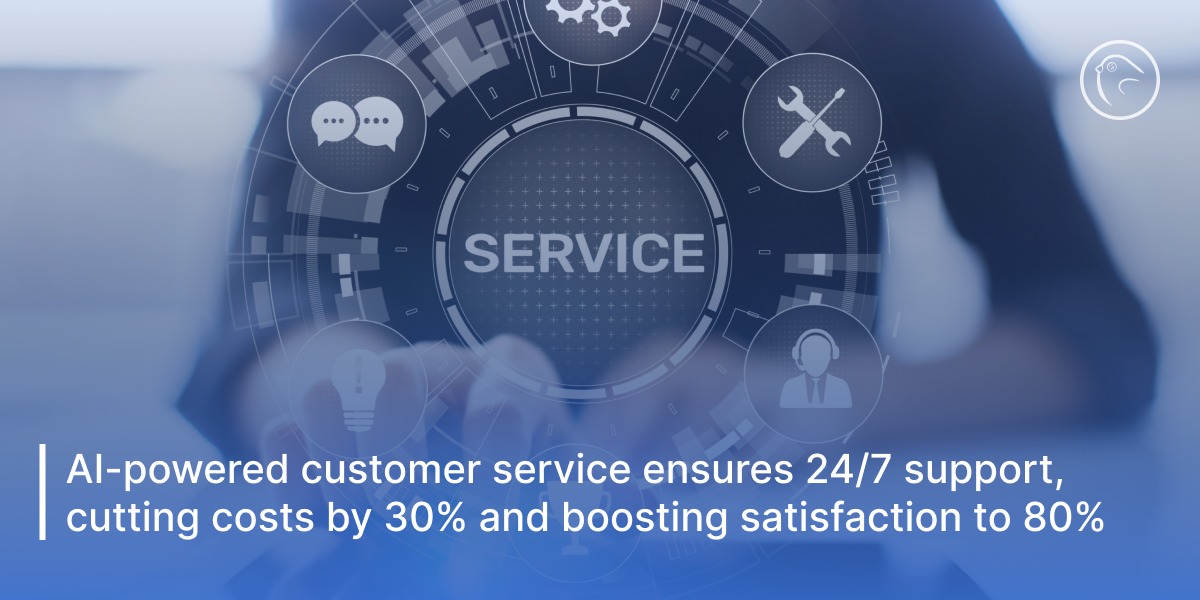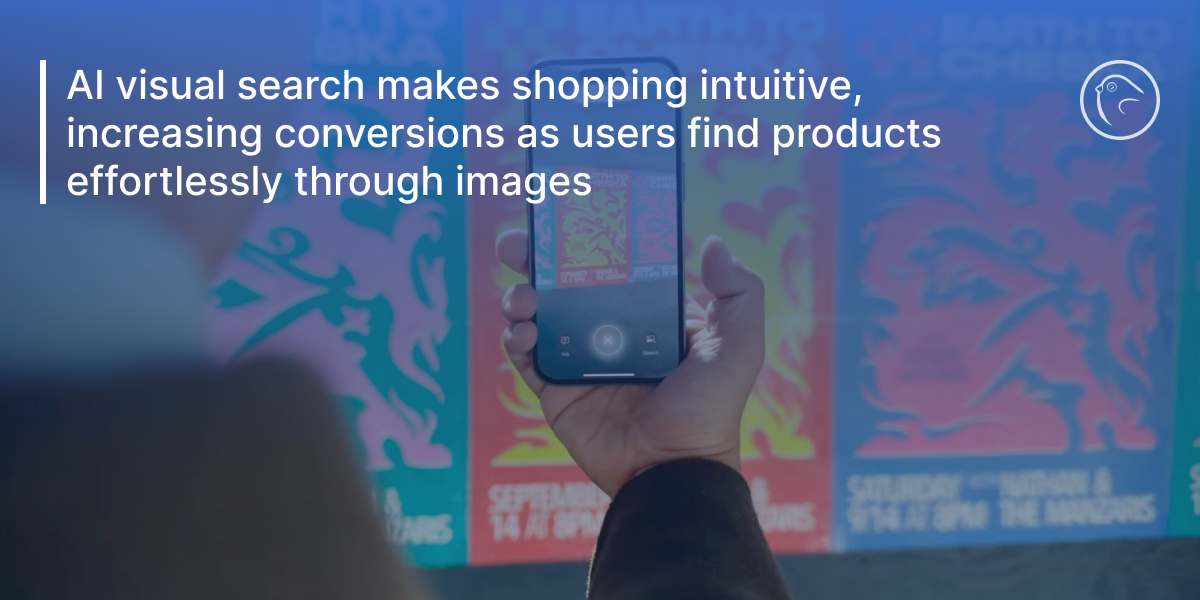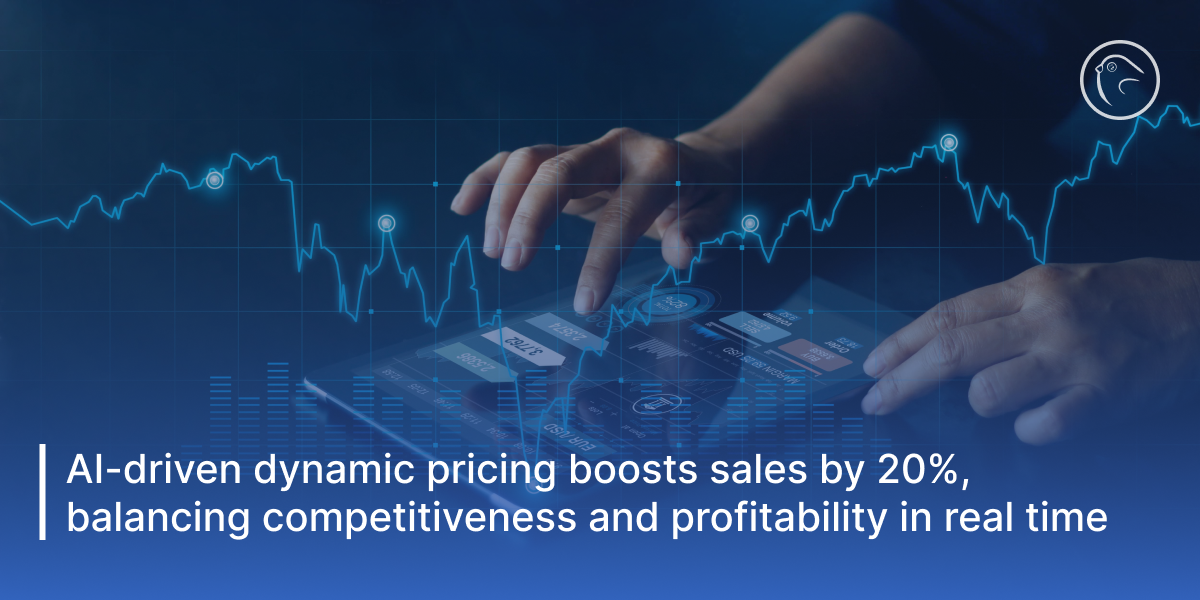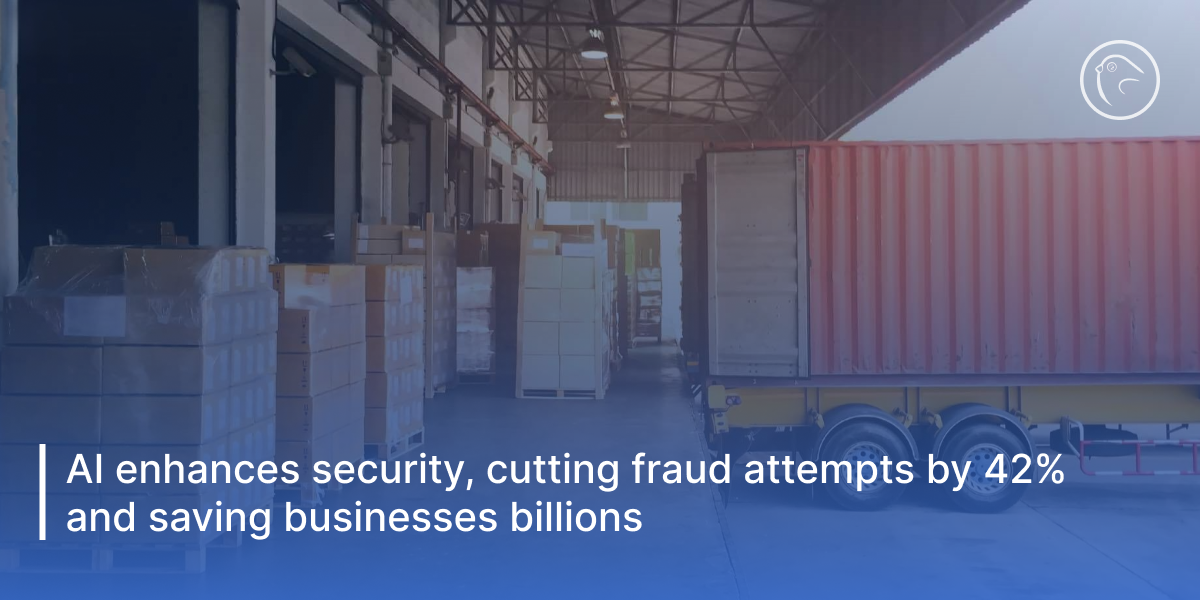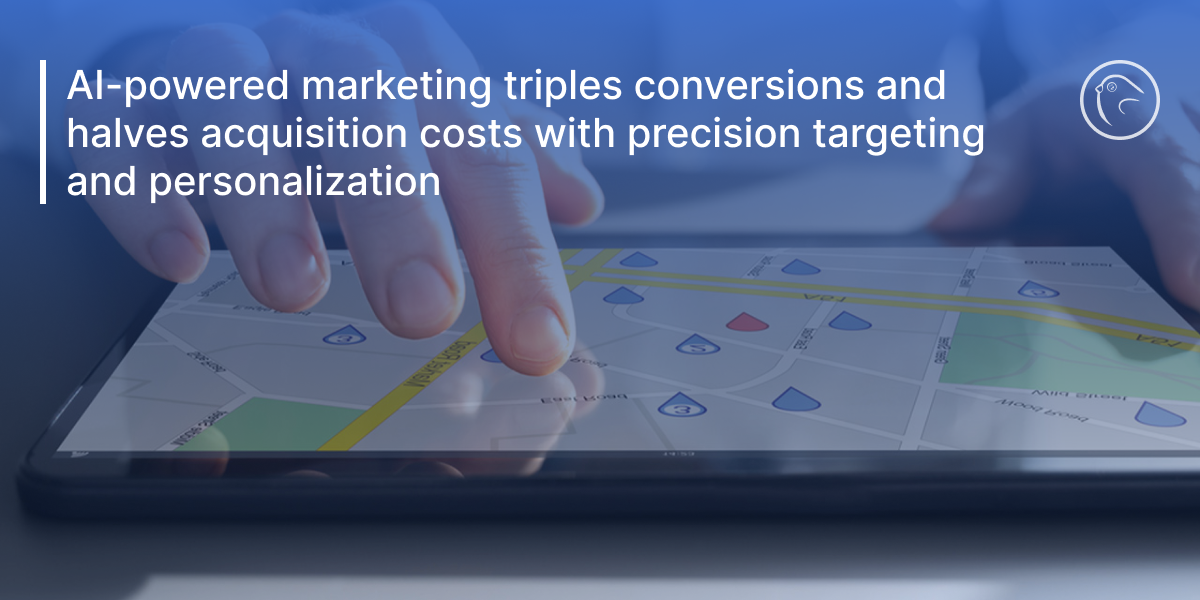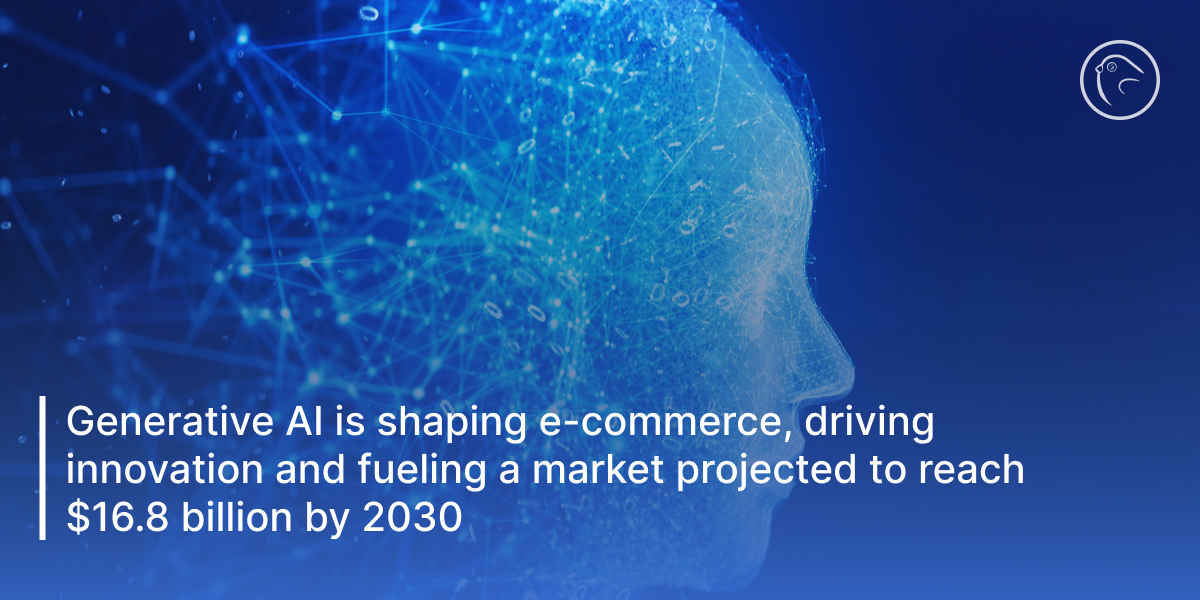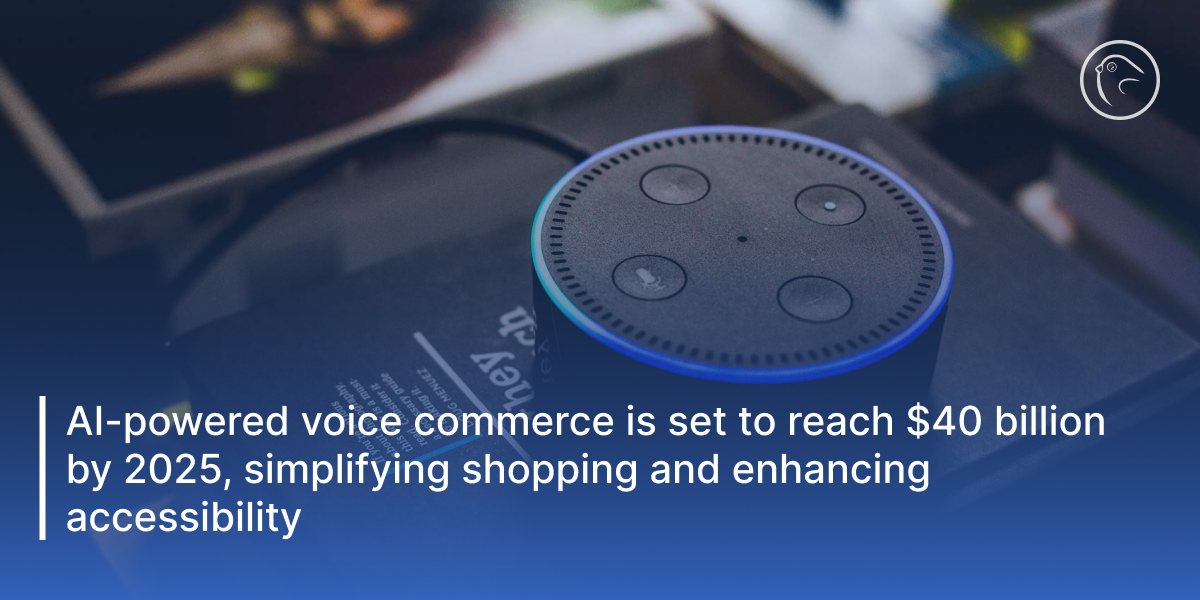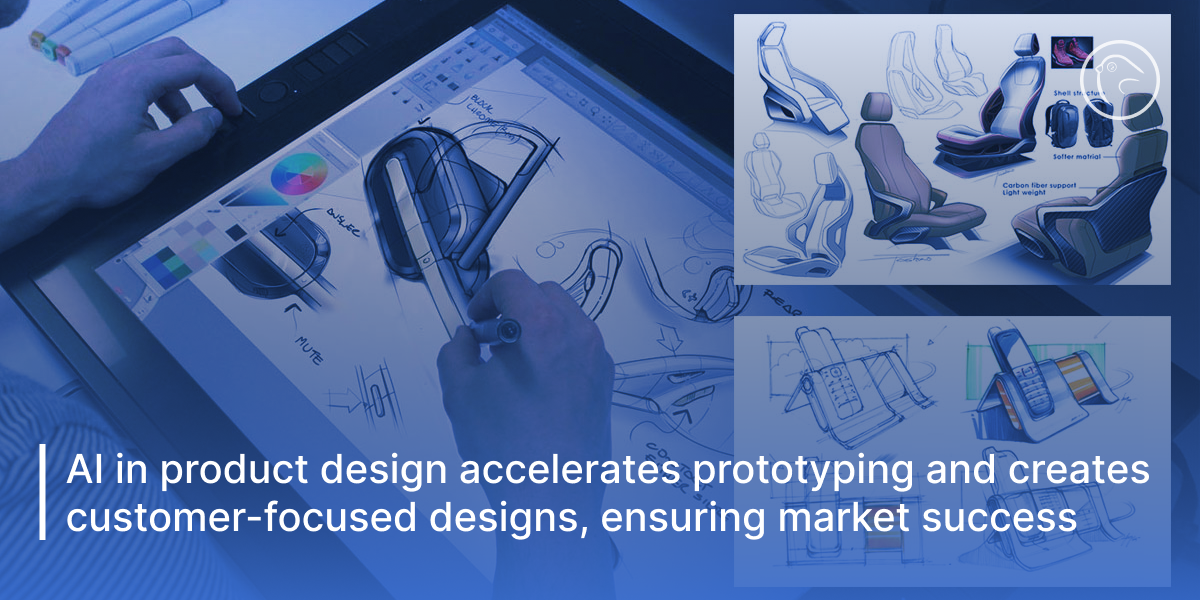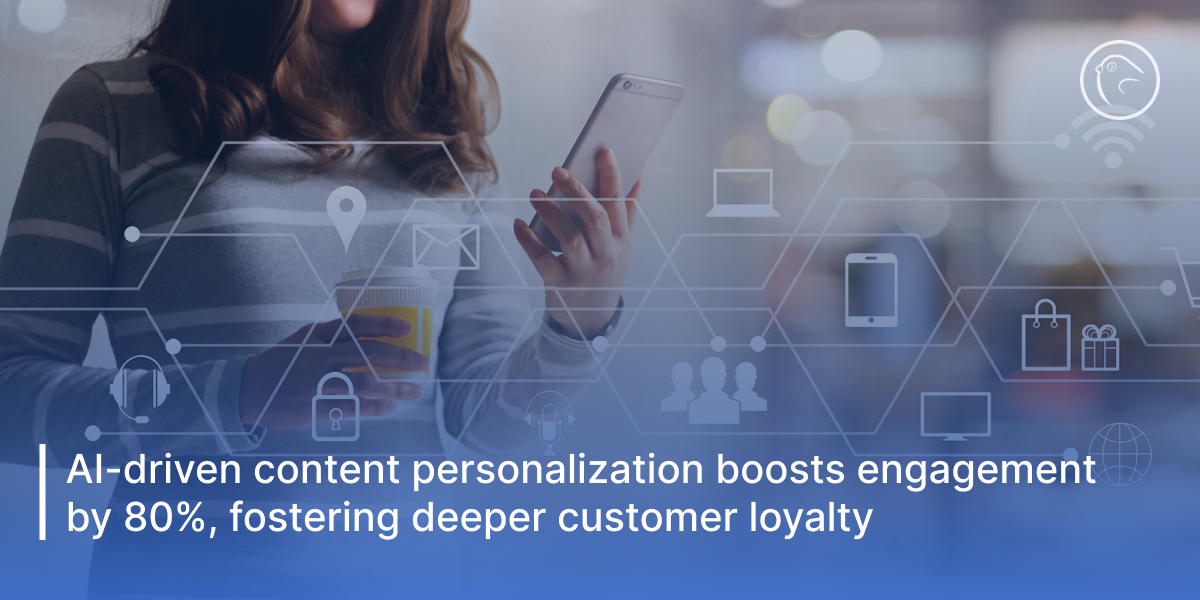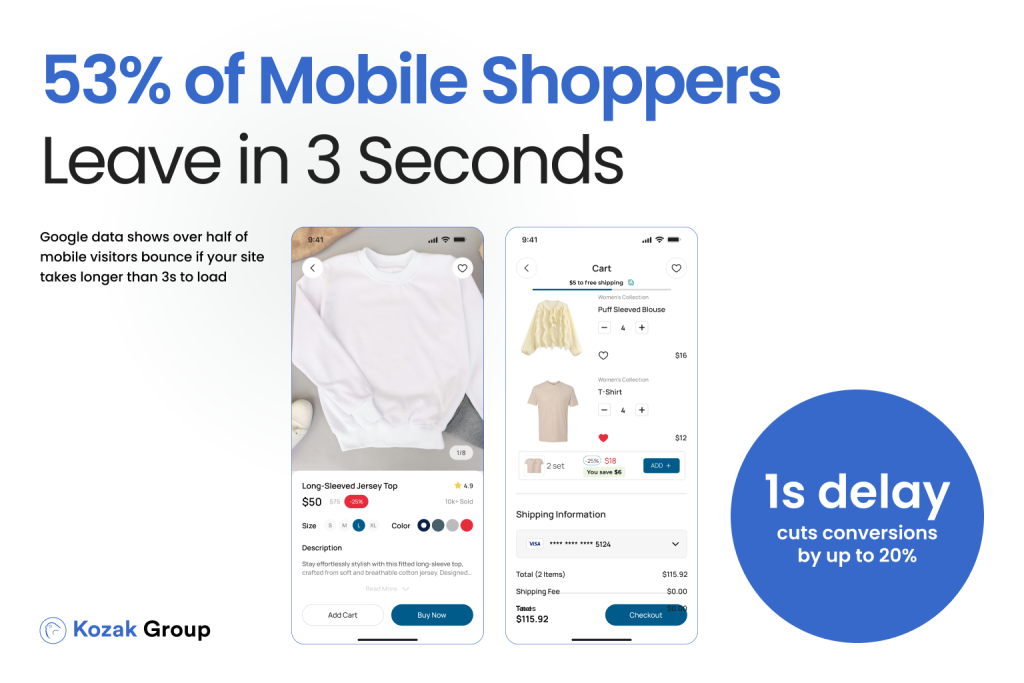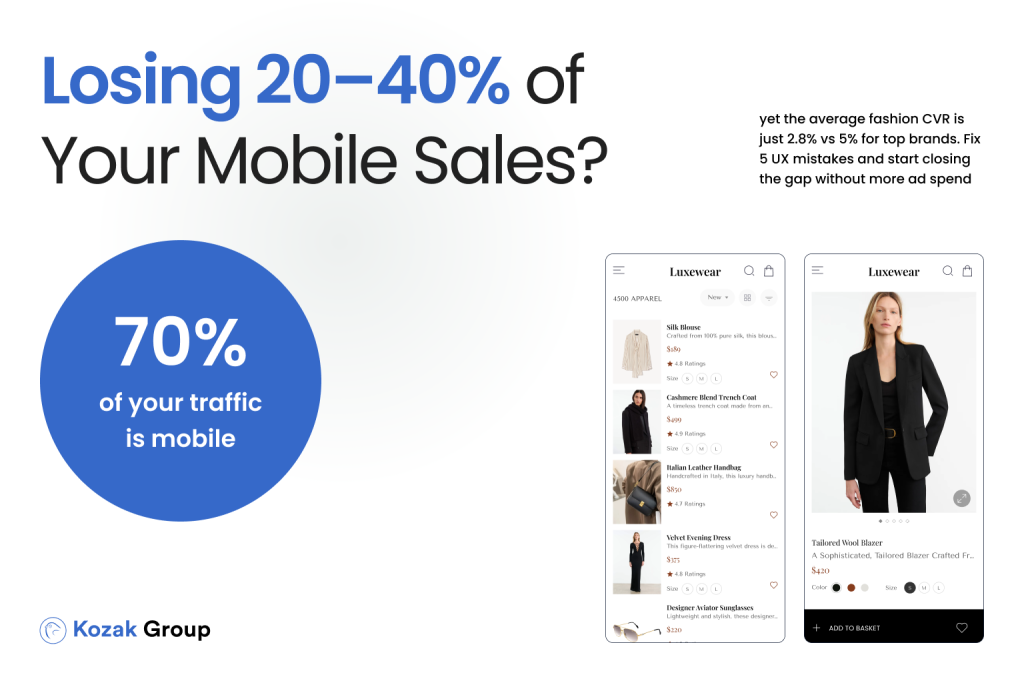Artificial Intelligence has been developing rapidly over the years and is currently at the core of every item we use in our daily lives. This technology has changed how we live and work, whether it be shopping online, talking to customer service or even planning our day. In this respect, businesses in e-commerce are more than challenged but also offered a great deal.
We are going to see how AI is changing everyday experiences with a bias on its impact on e-commerce.
1. AI Knows What You Want
This technology has boosted customization thereby making shopping more personalized. Below are some ways that it happens:
- Dynamic Product Recommendations – In Amazon, for example, these are based on collaborative filtering as well as deep learning models.
- Behavioral Insights – It analyses click patterns, wish lists, and even session duration to know what customers might be wanting.
- Customized Email Campaigns – This has led to 3 times higher open rates according to Mailchimp because there are tools that help personalizing email content.
You can learn more about this in our previous article:
AI-Driven E-commerce Development: What to Expect in 2025 and Beyond
Why It Matters for E-Commerce:
91% of customers tend to buy from businesses that offer personalized services according to research. Additionally, AI can increase revenues by 15-30%.
Want advanced personalization implemented on your e-commerce platform? Kozak Group got you covered with their AI-driven solutions that improve customer engagement and boost sales!
2. Simplifying Payments
Shopping cart abandonment is a big problem in the world of e-commerce, and approximately 69.99% of shopping carts are left incomplete. Here is how AI handles this:
- Checkout process streamlining. AI has simplified multi-page checkouts by introducing an auto-fill option and payment details storing functionality.
- Fraud detection. Machine learning algorithms identify suspicious activities happening at the moment hence saving customers from fraud.
- Buy Now, Pay Later (BNPL) Options. AI for flexible payment solutions can instantly assess your creditworthiness.
Key Stats:
- 17% of cart abandonments occur due to concerns related to security issues surrounding payments. Through this approach, AI ensures safe and seamless transactions.
- Payment optimization with AI leads to 25% more completed transactions among businesses.
Would you like us to install an intelligent payment system? Our systems would work wonders for your business.
3. Enhanced Inventory Management Systems
Poor inventory management may lead to lost sales or unnecessary expenses. However, here is what AI offers as a solution:
- Demand predictions: This entails the use of artificial intelligence tools that predict seasonal trends, historical data as well as external drivers such as weather patterns.
- Machine learning systems automate restocking by alerting when the stock level goes down thus preventing out-of-stock cases.
- AI analyzes how warehouses are set up to ensure quick product retrieval and proper utilization of space.
Success Stories for AI:
- H&M used AI to optimize its inventory leading to a 21% reduction in surplus stocks.
- Companies that embrace artificial intelligence-driven inventory management save 35% in order fulfillment time and 15% on storage costs.
4. Always On, Always Helpful – AI-Powered Customer Service
Customers don’t want to wait anymore. Artificial Intelligence ensures they never do.
Features of AI-Driven Customer Service:
- 24/7 Chatbots – Instant query handling, chatGPT, or custom bots can be an example here.
- Sentiment Analysis – Customers’ emotions are recognized and personalized responses are provided by the system accordingly.
- Escalation to Human Agents – Complex issues are handled by transferring them smoothly from AI intervention into human representatives’ hands.
Advantages for E-commerce:
- Cost Efficiency: According to Gartner, artificial intelligence reduces the cost of customer service by at least thirty percent (30%).
- Customer Satisfaction: In basic inquiries, 80 percent of customers say they are satisfied with their interactions with chatbots.
5. Visual Search
AI-powered visual search allows users to find products by uploading images instead of typing keywords. This feature is transforming e-commerce by:
- Enhancing Accessibility: Shoppers can find what they’re looking for without needing specific terminology.
- Boosting Conversion Rates: According to Pinterest, visual search users are 1.8x more likely to make a purchase.
Top Visual Search Tools:
- Google Lens: It allows users to shop for items directly from their camera feed.
- Pinterest Lens: Matches uploaded photos with similar items available for purchase.
6. AI Maximizes Revenue While Staying Competitive
Dynamic pricing adjusts prices in real time based on market trends, inventory levels, and competitor activity. This process is made effective and accurate through artificial intelligence (AI).
How Dynamic Pricing Works:
- Data Collection: Competitor prices, demand spikes, and customer behavior are monitored by AI.
- Algorithmic Adjustments: Prices are adjusted to balance competitiveness against profitability.
- Testing & Feedback: The optimal balance is continuously sought after by AI through continuous price strategy testing.
Business Impact:
- According to Boston Consulting Group, retailers who adopt an AI-driven pricing strategy typically experience a 20% sales increase.
- Real-time pricing prevents businesses from becoming uncompetitive when they want to maximize their profit margins.
7. Keeping Transactions Secure
With the rise of e-commerce fraud, security has become increasingly important. AI improves upon fraud prevention by:
- Detecting Anomalies. Machine learning recognizes patterns showing fraudulent behavior.
- Real-Time Alerts. Instant flagging of suspicious transactions by AI reduces chargebacks.
- Advanced Authentication. Biometric verification and other measures improve online safety.
Success in Numbers:
- For businesses utilizing Stripe’s Radar tool, there was a decline of 42% in attempted fraud with the introduction of AI systems.
- Juniper Research disclosed that companies that embraced artificial intelligence (AI) for their anti-fraud efforts saved over $10 billion in 2022 alone.
8. Faster, Smarter Deliveries
Logistics are critical to successful e-commerce, but they must be efficient and scalable as well, and this is where AI comes into play.
Key Innovations:
- Route Optimization: Using the fastest delivery options selected by the Artificial Intelligence (AI) minimizes delays caused by traffic or other factors.
- Demand Forecasting: Predictive analytics amongst other tools help manage vehicle numbers during peak seasons.
- Automated Warehousing: This involves robots powered through artificial intelligence (AI) that manage sorting, packing, and shipping.
Do you want to speed up your delivery process and improve logistics? Let’s make your operations with seamless Kozak-Group AI-driven tools.
9. Hyper-Localized Marketing
Digital marketing is changing due to AI that allows for precision targeting and real-time campaign optimization.
AI-based Marketing Includes:
- Predictive Analytics: To create campaigns personalized to each customer, AI predicts their behavior.
- Dynamic Content Creation: Jasper is an AI tool that creates ad copies and visuals customized for distinct audiences.
- Cross-Channel Consistency: Email, Facebook, Twitter – it doesn’t matter about the channel because they all have cohesive messaging thanks to AI.
Results:
- 3 times more conversions are reported when businesses do marketing with the help of artificial intelligence.
- Personalized campaigns reduce cost per acquisition by half.
10. The Future of Generative AIs and Beyond
Generative AI in e-commerce is at a new level of creating product descriptions as well as entire product lines.
Examples:
- L’Oreal uses artificial intelligence powered by generative deep learning networks to generate personalized skincare routines for its customers.
- Adidas employs generative algorithms that let consumers design custom sneakers based on individual preferences.
The Future of E-commerce
According to Grand View Research, the AI-empowered e-commerce market is predicted to expand to $16.8 billion by 2030, promoted by generative AI, predictive analytics, and automation advancements.
11. AI-Powered Voice Commerce
Emerging trends show that voice commerce will become one of the most sought-after markets by 2025 – approximately 55% of households are anticipated to own smart speakers (Juniper Research). For example, why spend all your energy saying “Order some more coffee” when there are artificial intelligent assistants like Alexa and Google Assistant?
Key Applications:
- Reorder Essentials: The AI remembers items frequently bought and reorders them by just one command.
- Search Simplification: Customers can quickly locate products through voice commands.
- Enhanced Accessibility: Individuals with disabilities can easily purchase goods via AI-based voice commerce.
Business Impact:
It is projected that sales through voice commerce will reach $40 billion in America by 2025. This means anyone running an e-commerce website must have it to stay competitive.
12. AI for Product Design
It is not only helping customers find products but also designing these products. By taking into consideration market trends, preferences, and feedback from customers, AI tools help develop products that are almost guaranteed to sell.
Examples of AI in Design:
- Adidas uses artificial intelligence to make sneakers that suit the needs of athletes.
- A furniture store like IKEA leverages artificial intelligence technology to predict which kinds of furniture will appeal to buyers.
Benefits of E-Commerce:
- AI Shortens Prototyping Time: The time taken to design and test new products goes down due to the role played by artificial intelligence.
- Customer-Focused Designs: New market demands can be met through insights from AI.
13. Sentiment Analysis
In order to maintain brand loyalty one has to understand the sentiment of a customer. AI-powered sentiment analysis tools assess reviews, social media mentions, and other forms of customer interactions for public perception.
How It Works:
- Data Collection: Reviews, comments, and survey responses are scanned by AI.
- Sentiment Scoring: Machine learning algorithms classify sentiments as positive, negative or neutral.
- Actionable Insights: This data helps companies address concerns raised by customers to improve their experiences.
Why It Matters:
Studies have found that 89% of customers will probably shop with a company that is responsive and takes action about feedback.
14. Building a Greener Future
Consumers are increasingly focusing on sustainability, and AI is helping e-commerce businesses to meet this demand. AI is involved in creating eco-friendly practices, from waste reduction to optimized supply chains.
AI-Driven Sustainability Solutions:
- Predictive Waste Management: Overproduction can be prevented by AI estimation.
- Route Optimization: Logistics powered by Artificial Intelligence saves fuel consumption and reduces emissions.
- Green Packaging: Quality does not suffer when using sustainable materials as identified by AI.
According to McKinsey, implementation of AI for sustainability purposes leads to 5-15% operational cost reduction.
15. The Future of Customer Engagement
Content personalization has gone past product recommendations. Now, it uses artificial intelligence to create hyper-personalized content that speaks directly into each customer’s heart.
Examples of AI-Generated Content:
- Custom Landing Pages: These are pages tailored by the use of AI based on the preferences and actions of users who view them.
- Dynamic Newsletters: This adjusts according to what interests the readers most.
- AI-Driven Social Media Ads: Platforms like Facebook deploy AI to deliver highly targeted ads.
Benefits:
- Higher Engagement: Personal content can be expected to generate 80% more interaction than general messaging.
- Increased loyalty: Clients are more likely to stick with companies, which seem to understand them.
Welcome the Revolution of Artificial Intelligence
It is not just about shopping but lifestyle changes that are happening because of AI. For online shops, it is either they modify their ways or be left behind. It goes beyond meeting the expectations of customers; personalized shopping and enabling secure payments as well as using smarter logistics are some of the tools through which businesses can achieve this. Get in touch with us to get it done!



